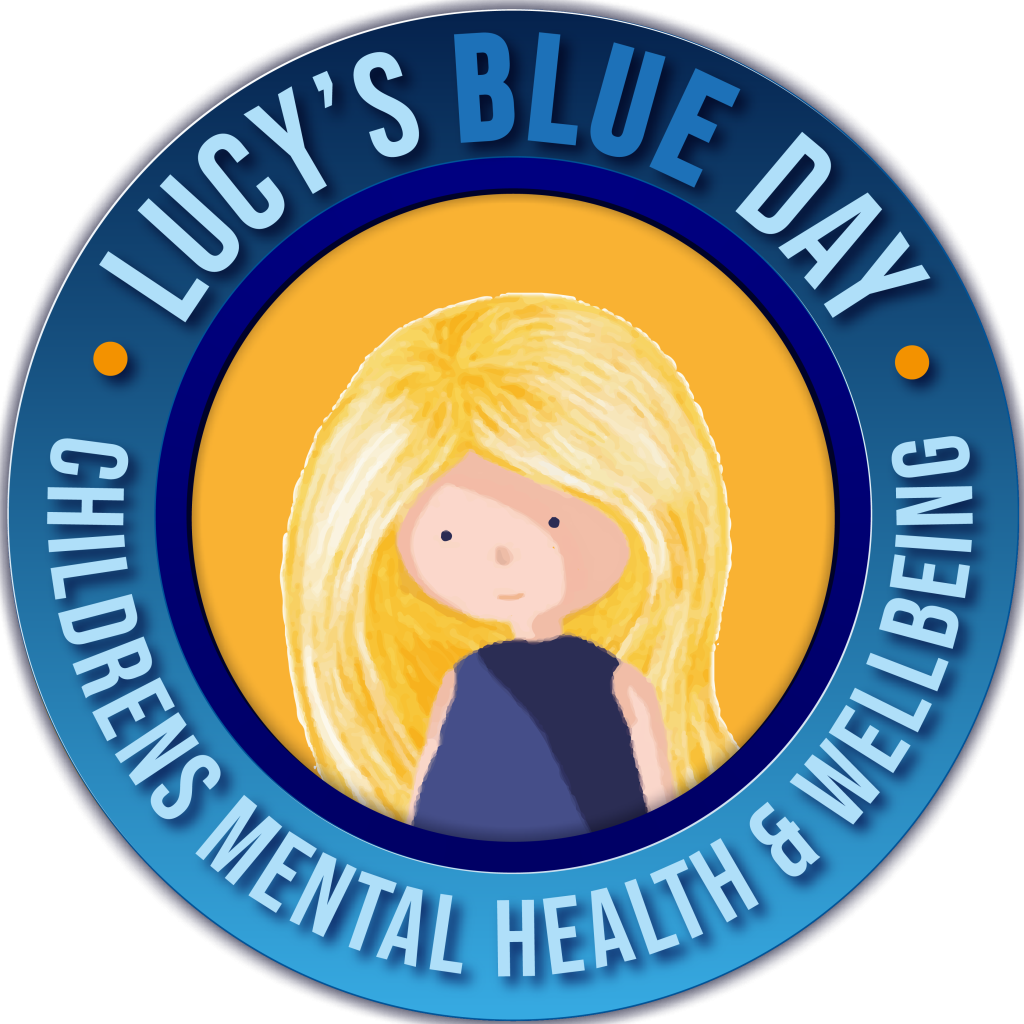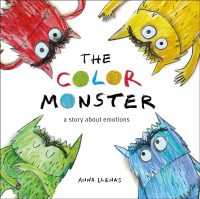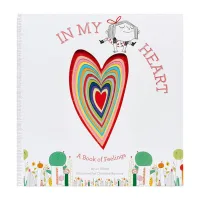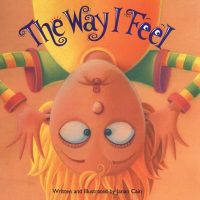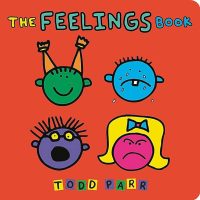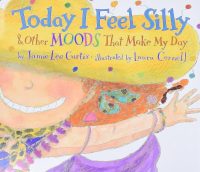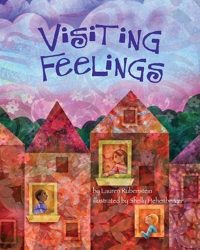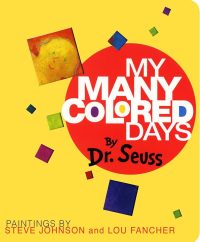Understanding emotions can be a complex journey for children. It’s a path filled with bright smiles, puzzled frowns, and sometimes tears. As adults, we seek to guide our little ones through this colorful spectrum of feelings, and what better way to do so than through the power of storytelling? Books are more than just pages and print; they are windows into experiences, tools for empathy, and guides for emotional literacy. Here are the top 10 books that will help children explore and understand their emotions, with the profound “Lucy’s Blue Day” at the helm.
1. “Lucy’s Blue Day” by Chris Duke

“Lucy’s Blue Day” is a poignant tale that introduces children to the concept that emotions are fluid and temporary, just like the colors in Lucy’s hair. Lucy’s magical hair changes color with her emotions, blue for sadness, red for anger, and yellow for happiness. This book stands out for its gentle approach to explaining that it’s okay not to be okay, and it opens up conversations about mental health in a way that is accessible to young minds. Chris Duke has created an essential tool for parents and educators to help children understand that their feelings are valid and that they are not alone.
2. “The Color Monster: A Story About Emotions” by Anna Llenas
Emotions can be mixed up, and “The Color Monster” beautifully illustrates this through vibrant pop-up imagery. When the Color Monster’s feelings become jumbled, a little girl helps him untangle his emotions by placing each one in a separate jar. This visual representation helps children differentiate their feelings and teaches them to identify and sort out their emotions.
3. “In My Heart: A Book of Feelings” by Jo Witek
Through lyrical language and playful illustrations, “In My Heart” explores a wide range of emotions. Each feeling is connected with a unique shape and color, making the abstract nature of emotions tangible to children. Jo Witek’s work is a celebration of feelings, both loud and quiet, and encourages children to express what’s in their hearts.
4. “The Way I Feel” by Janan Cain
Janan Cain’s “The Way I Feel” uses simple verses and dynamic illustrations to depict emotions ranging from silliness to sorrow. This book is a great resource for helping children understand that feelings are a normal part of life and provides vocabulary for expressing themselves.
5. “Grumpy Bird” by Jeremy Tankard
For the days when children wake up on the wrong side of the bed, “Grumpy Bird” is the perfect companion. This humorous story about a bird who’s too grumpy to fly takes him on a walk where his friends join in, eventually lifting his spirits. It’s a lesson in friendship and the power it has to change our mood.
5. “When Sadness is at Your Door” by Eva Eland
This gentle and compassionate book personifies sadness as a visitor, acknowledging its presence without overwhelming fear or judgment. “When Sadness is at Your Door” suggests ways to interact with this difficult emotion, reminding readers that it’s okay to feel sad sometimes.
6. “The Feelings Book” by Todd Parr
With his characteristic bright and bold illustrations, Todd Parr celebrates all emotions, from being happy to being scared, and assures children that it’s all part of being alive. “The Feelings Book” is a joyful and supportive read for understanding and accepting fluctuating feelings.
7. “Today I Feel Silly & Other Moods That Make My Day” by Jamie Lee Curtis
Curtis’s playful take on the shifts in moods that everyone experiences highlights that it’s normal to have changing feelings. With whimsical and engaging illustrations, it’s a book that can bring laughter and insight to both kids and adults.
9. “Visiting Feelings” by Lauren Rubenstein
This beautifully illustrated book invites children to recognize and reflect upon their emotions. “Visiting Feelings” encourages mindfulness, allowing space for children to identify, accept, and understand their feelings without immediate judgment or reaction.
10. My Many Colored Days – Dr. Suess
Using color and animal imagery, Dr. Seuss’s rhymes take readers through the different emotions we might feel on any given day. This book allows children to associate their feelings with vivid pictures, aiding their understanding and acceptance of their diverse emotional landscape.
These books are more than just stories; they’re stepping stones to emotional maturity, empathy, and self-expression. By introducing young readers to “Lucy’s Blue Day” and the others on this list, we’re giving them the gift of emotional intelligence, a gift that will serve them well throughout their entire lives. Whether a day feels blue or bright yellow, each emotion is a thread in the tapestry of who they are, and these books help them weave it with confidence.
